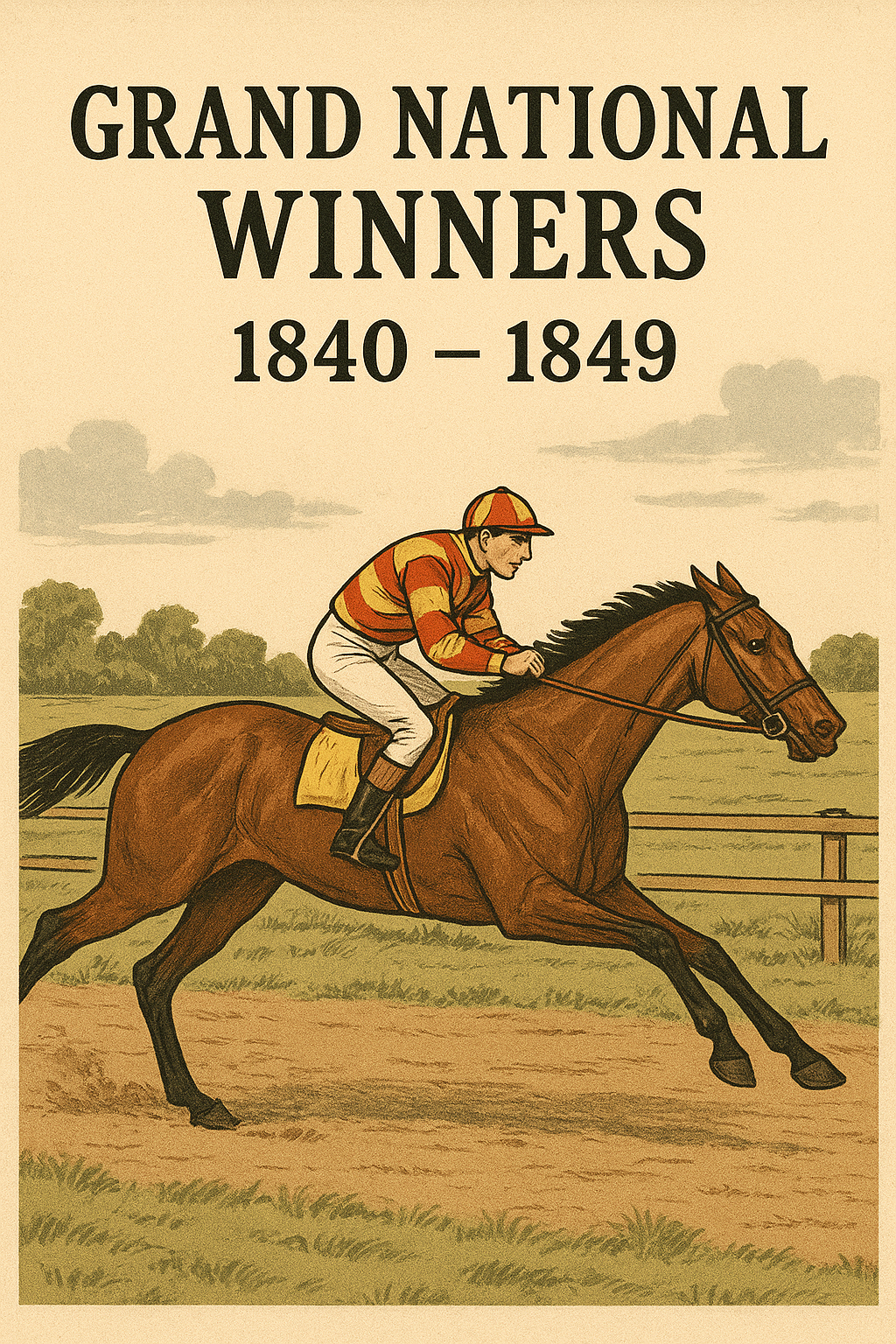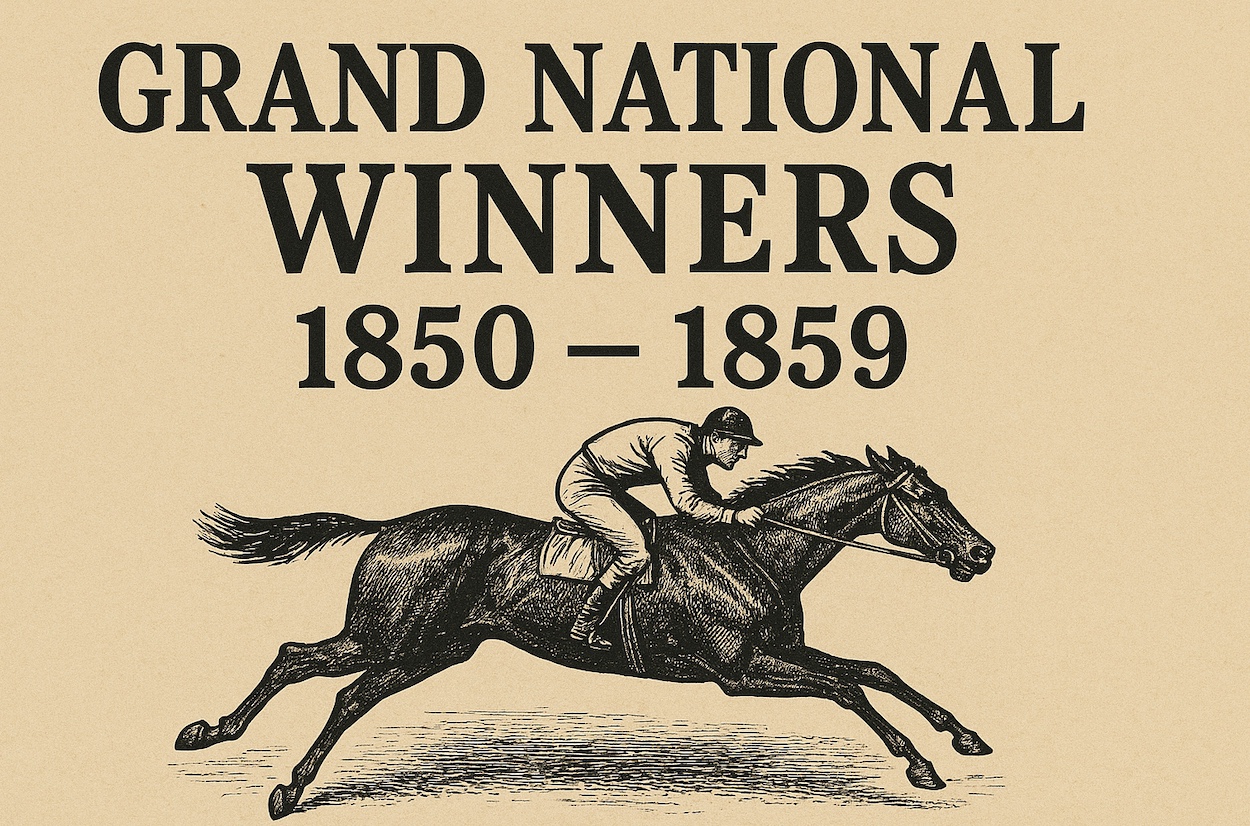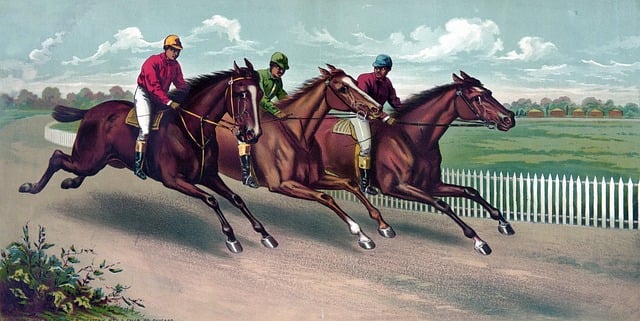Tips for Getting More from Online Casinos

Horse racing has always been part of British gambling. People of all ages are united by cheering on a winner whether they are on the side of the track at Aintree or in the pub. The three Grand Nationals won by Red Rum in the 1970s are legendary, as was the mayhem at the Foinavon fence in 1967, which is still being talked about decades later.
Most betting moved online years ago. The house wins far more often than players do, but racegoers who understand form guides and trainer records know that finding value matters more than just placing bets randomly. UK-licensed betting sites operate under strict regulations, which protects customers but limits what operators can offer.
Some experienced punters turned to non GamStop UK betting sites that run under offshore licences. These platforms offer bigger bonuses and higher betting limits without UK regulatory restrictions. Withdrawals process faster and the terms are often more generous. The tradeoff is less consumer protection, so anyone using these sites needs to verify the licensing is legitimate and understand how dispute resolution works differently. During Cheltenham Festival week alone, hundreds of millions get wagered, and serious punters who hit a winning streak sometimes find themselves limited by UK operators. The offshore alternatives emerged partly because of this.
Game selection affects your returns significantly. Casino slots vary wildly in payout percentages. Anything above 96% RTP is decent. Blackjack and baccarat tend to be more favorable compared to slots. European roulette is superior to American roulette as the single zero reduces the house advantage by half. Racing also taught people to compare odds of various bookmakers of the same horse. The same thinking applies to casino games.
According to Gambling Commission’s November 2024 industry statistics, remote gambling generated £6.9 billion between April 2023 and March 2024. Those numbers show the scale of online betting in Britain. Bankroll management matters whether you’re backing horses or playing cards. Work out what you can lose before you start. Split a £500 fund into five £100 sessions rather than risking it all at once. This keeps the money lasting longer and reduces chasing losses.
Recent surveys reveal that half of British adults now participate in gambling activities, so managing time matters as much as managing money. Set session limits and stick to them. Playing for hours dulls your judgment.
Bonus terms catch people constantly. A 30x wagering requirement on a £100 bonus means betting £3,000 before you can withdraw anything. Slots might count 100% towards this, while table games often count less or not at all. Loyalty programmes and cashback offers work better because they don’t require extra spending. Competition between operators increased significantly, which means better ongoing rewards for keeping customers.
Every game carries a house advantage. That’s how bookmakers stay in business. Treat gambling as entertainment you’re paying for, not income. Wins happen and they’re brilliant when they do. But losses are the expected outcome. The Grand National produces upsets because favourites don’t always win. Accept the odds, know what you’re risking, and keep stakes sensible.
 The Industrial Revolution saw urbanisation intensify. Cities grew rapidly but for the poorest, housing and sanitisation remained inadequate. Workhouses reflected the harsh realities for many. Outbreaks of Cholera took their toll on public health. Huge investment added to ‘Railway Mania’ which peaked mid-decade transforming society. Queen Victoria got married to Prince Albert in 1840. The British Empire expanded. China was humiliated with their loss in the First Opium War, which saw them concede much in The Treaty of Nanking 1842. It was called a ‘Century of Humiliation’ which saw Hong Kong Island ceded to Britain. New Zealand became a British colony in 1840. Expansion continued in Africa and India. However, closer to home the Great Famine (Potato Famine) devastated Ireland with repeated crop failures. Over 1 million died and another million emigrated (mainly to the United States). The British Government were criticised for their inadequate or indifferent relief policies. With an emphasis on free trade, The Bank Charter Act (1844) regulated bank note issuance. The Victorian culture of respectability, family and duty held strong. Charles Dickens published major works including A Christmas Carol (1843).
The Industrial Revolution saw urbanisation intensify. Cities grew rapidly but for the poorest, housing and sanitisation remained inadequate. Workhouses reflected the harsh realities for many. Outbreaks of Cholera took their toll on public health. Huge investment added to ‘Railway Mania’ which peaked mid-decade transforming society. Queen Victoria got married to Prince Albert in 1840. The British Empire expanded. China was humiliated with their loss in the First Opium War, which saw them concede much in The Treaty of Nanking 1842. It was called a ‘Century of Humiliation’ which saw Hong Kong Island ceded to Britain. New Zealand became a British colony in 1840. Expansion continued in Africa and India. However, closer to home the Great Famine (Potato Famine) devastated Ireland with repeated crop failures. Over 1 million died and another million emigrated (mainly to the United States). The British Government were criticised for their inadequate or indifferent relief policies. With an emphasis on free trade, The Bank Charter Act (1844) regulated bank note issuance. The Victorian culture of respectability, family and duty held strong. Charles Dickens published major works including A Christmas Carol (1843). The height of the Victorian era.
The height of the Victorian era. The Grand National has long been one of the most exciting and interesting events in horse racing in England. There are lots of people who find it dramatic to watch. With every year in the sport, new favourites are being made, rising to meet the incredibly high expectations of trainers, owners and fans. Compared with old favourites of the past, these newcomers show how the race has changed in terms of how people prepare, their style and the ultimate prestige and reputation of the horse itself.
The Grand National has long been one of the most exciting and interesting events in horse racing in England. There are lots of people who find it dramatic to watch. With every year in the sport, new favourites are being made, rising to meet the incredibly high expectations of trainers, owners and fans. Compared with old favourites of the past, these newcomers show how the race has changed in terms of how people prepare, their style and the ultimate prestige and reputation of the horse itself.